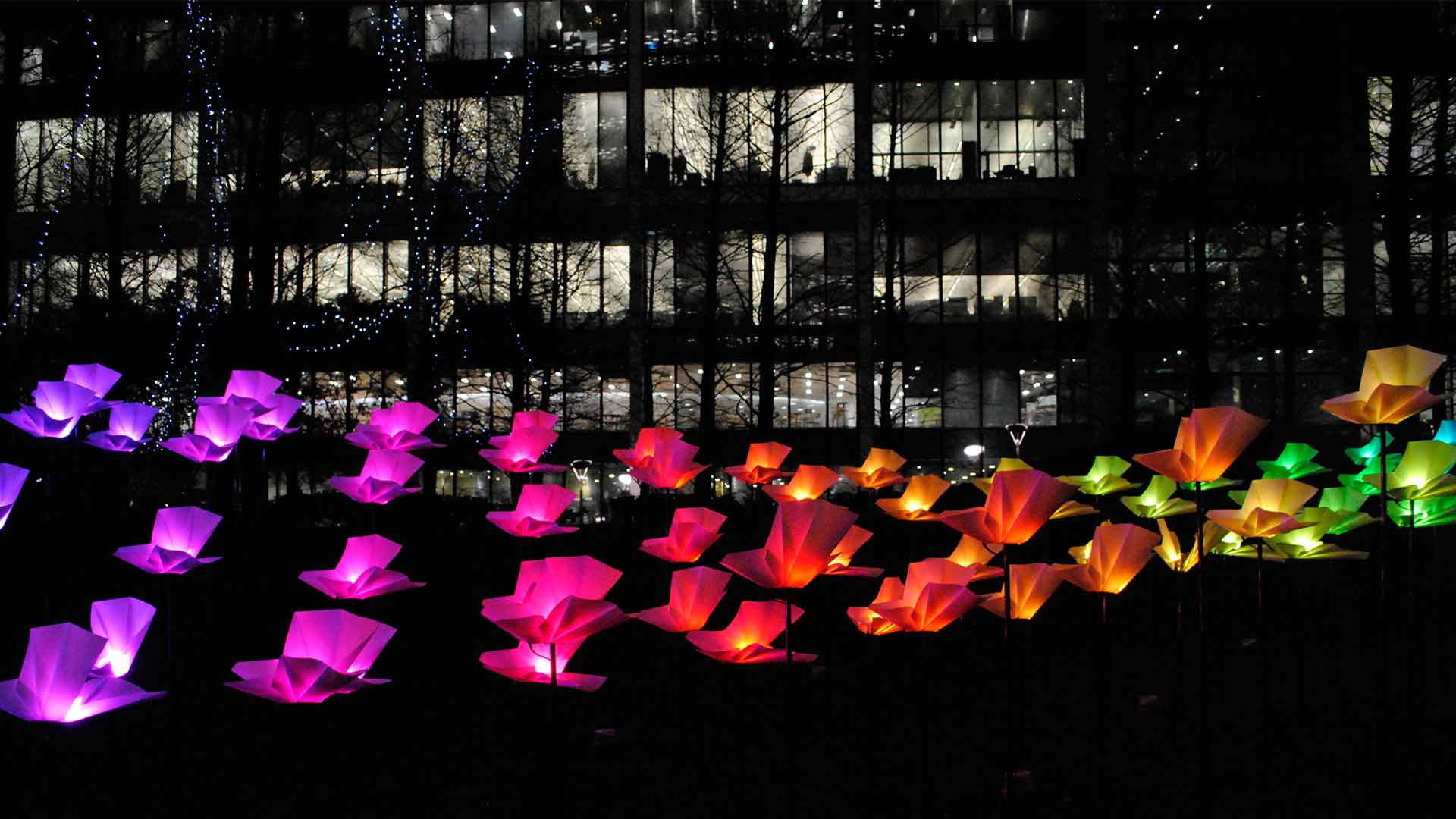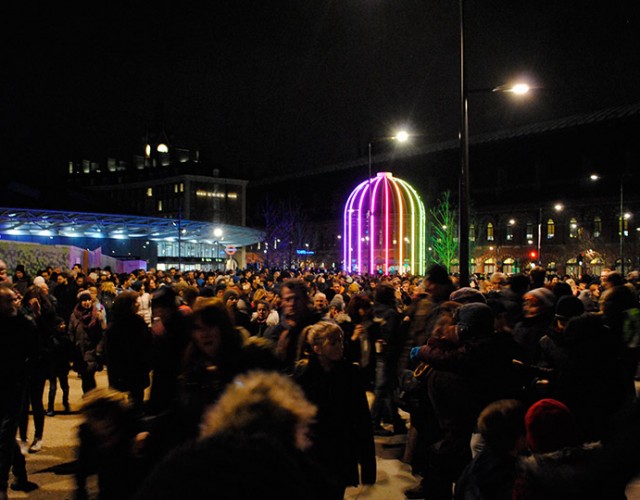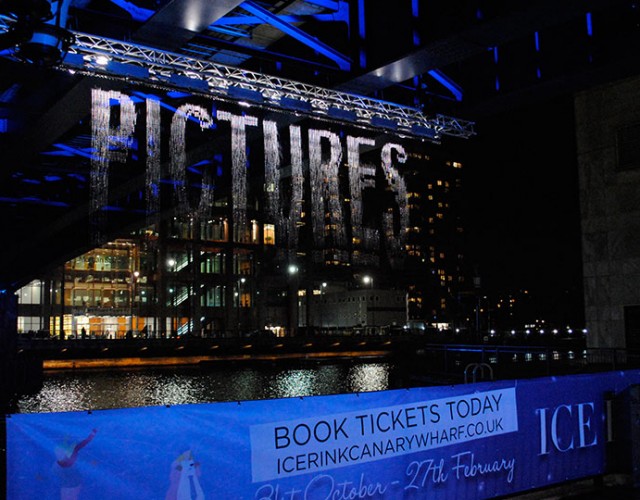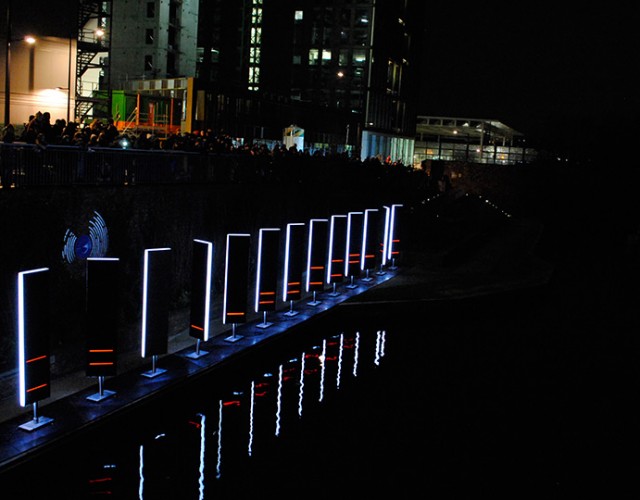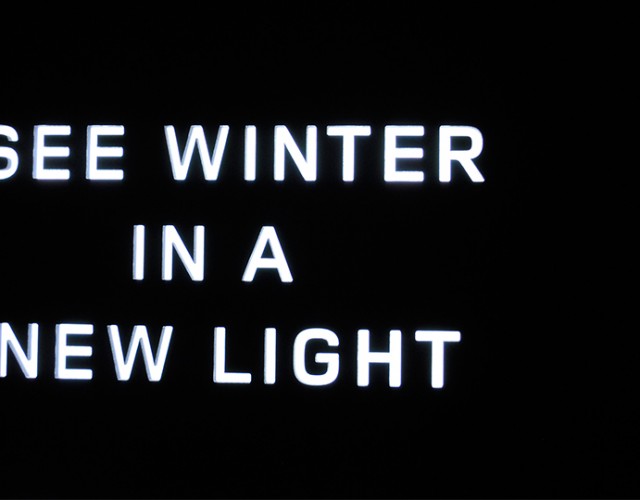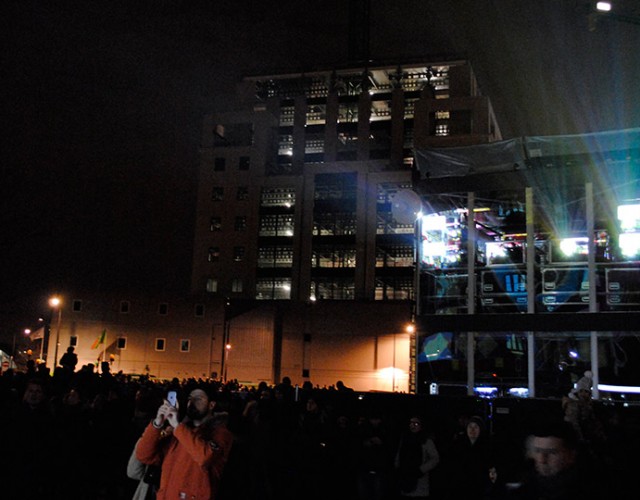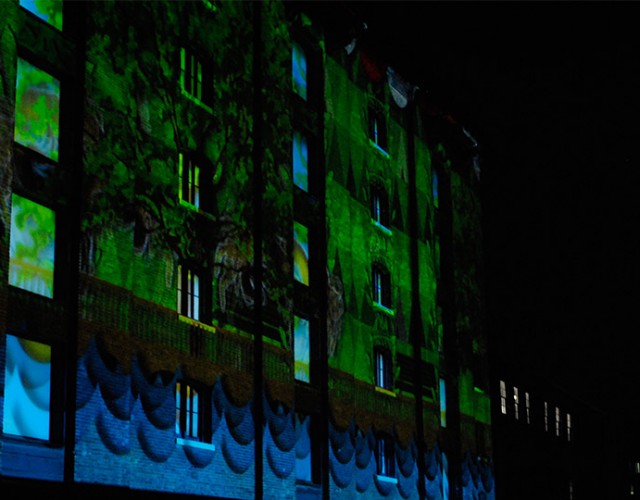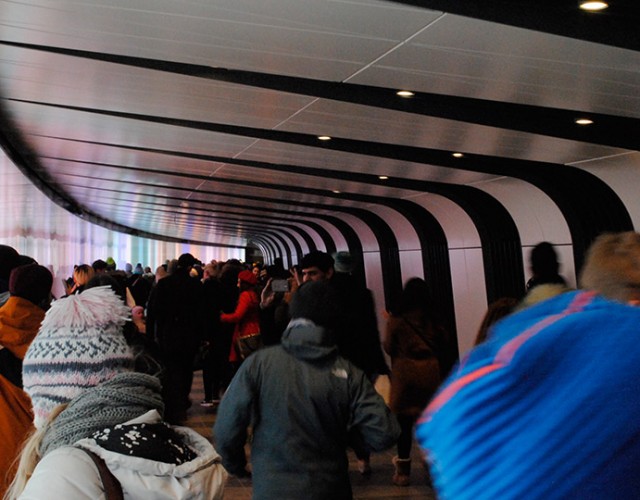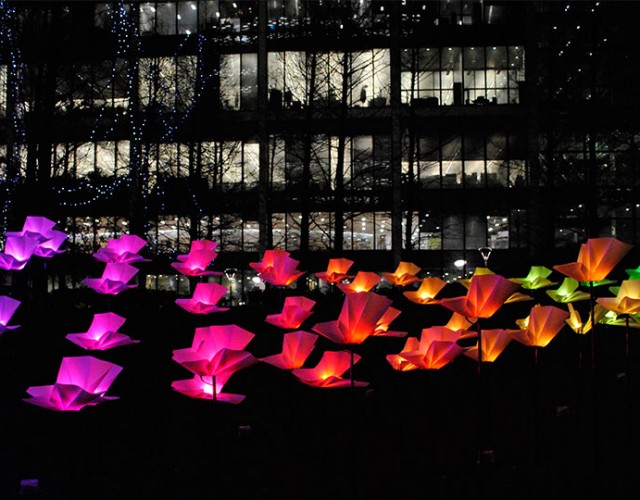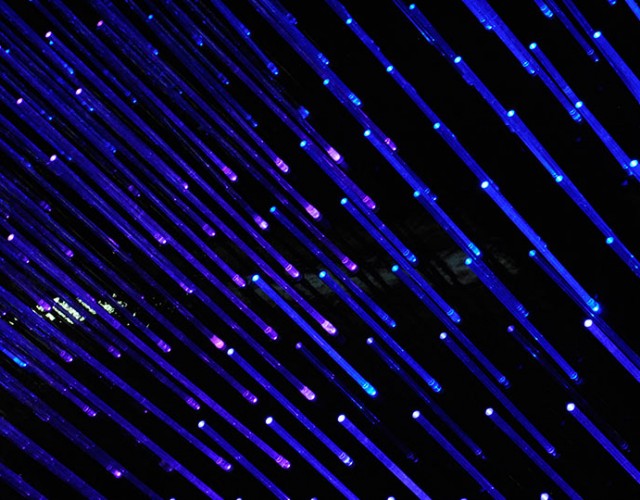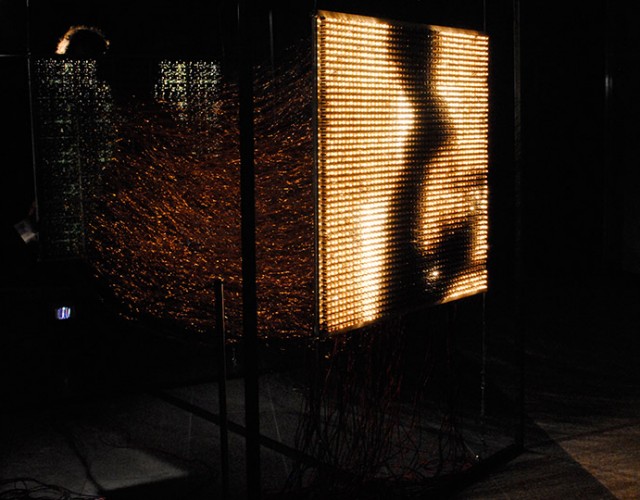London Lumiere & Winter Lights
It takes a lot to get a lighting designer out of the office on a cold winter’s night. Perhaps a trip to the pub, if it’s not too far. A walk through the freezing city though; with thousands of other people? Not a chance! It would have to be something really special, for example a light festival, to make us brave the cold and the crowds for a glimpse of something luminous.
Early this year, London played host to not one, but two festivals of light, sprawling across some of the city’s most iconic areas. London Lumiere, took place from January 14-17, spanning venues from King’s Cross, Piccadilly and Trafalgar Square. Although more modest in ambition, Winter Lights taking place at Canary Wharf, offered an extended time period for visitors to enjoy public light art, running from January 11-22.
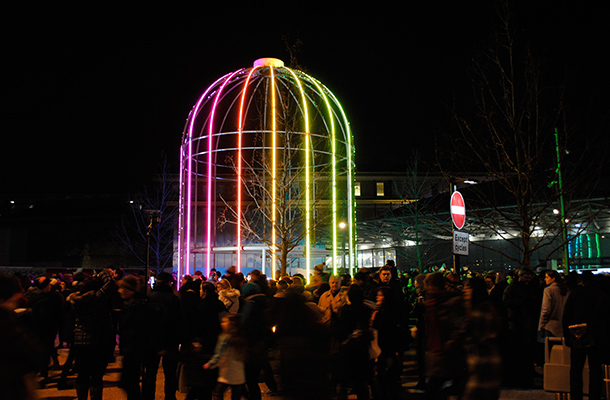
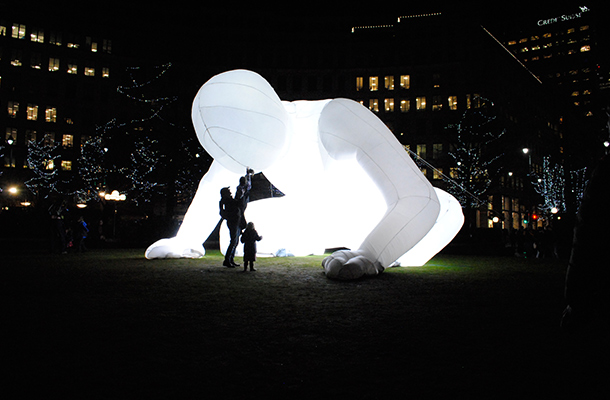
Although London has come late to the game, festivals of light are no new thing. Over the last 15 years, numerous cities across Europe and beyond have adopted light festivals and lighting events as a way to “brighten up” their urban surroundings during those “dark [winter] days”. From Alingsås, Sweden to Sydney, Australia, it seems that with every passing year, Light Nights and Lighting Festivals are taking place in more major cities across the globe. (See my blog on “Lighting Festivals around the World” for a must-see listing.)
The roots of these events can be attributed to a number of factors; historical or heritage based (Lyon’s Fêtes de Lumières); events with industry ties (Frankfurt Light+Building); educational events (Lights in Alingsås); and tourism or economic initiatives. London’s Lumiere event belonged to the latter, with production company Artichoke having seen success with previous Lumiere events in Durham.
Lighting festivals and events are multifaceted in nature, often involving numerous stakeholders in their organisation. Their successes or failures boil down to two key aspects; the quality of the artworks represented, and the role these artworks play in the development of tourism. The organisation of such events belongs to both the artistic practice of participating artists; and also the development of tourism in a given region. Fêtes de lumieres, for example, represents a considerable portion of Lyon’s annual tourism, with over three million people attending each year. Although these numbers can’t deny Fêtes de Lumières as attractive to tourism, Lyon’s festival of light represents an international profile of high quality lighting installations and artworks, becoming a benchmark for events such as London’s Lumiere event.
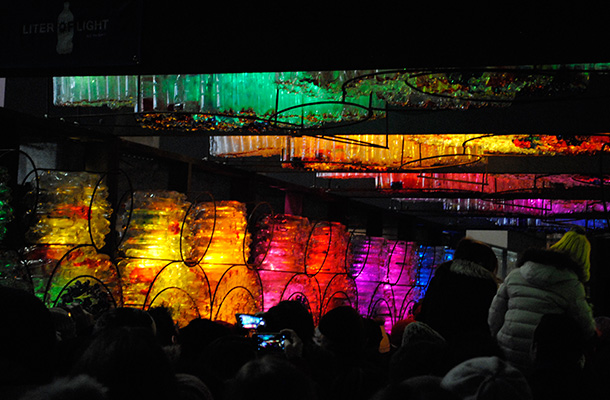
London’s Lumiere, representing a high quality of international artists and artworks – curated by Artichoke – aimed to transform the city and “dazzle” those who attended. With an estimated one million people attending over the course of the weekend, and King’s Cross station having to be shut down due to overcrowding, the festival can be considered an overwhelming success in developing tourism in the post Christmas lull. However, considering the most popular attraction seemed to be a permanent installation, King’s Cross’ Light Tunnel, perhaps the artistic content could be more refined for Artichoke’s next endeavour. We’re looking forward to it already.
“The illumination of modern cities has transformed nocturnal experience, producing cityscapes of regulation, hierarchical selectiveness, consumption, fantasy and imagination.” –Tim Edensor
Blog post by Cashel Brown / Images: Amanda Tichenor


